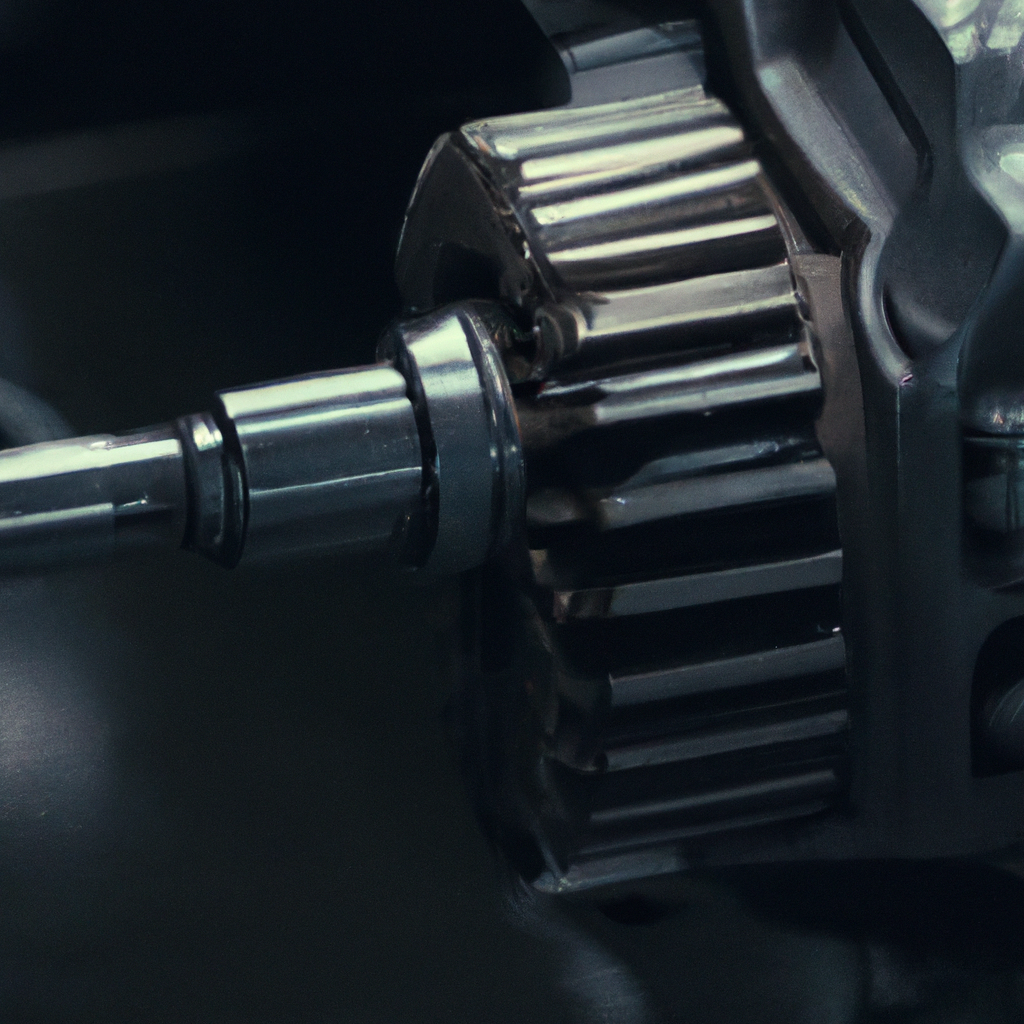A car’s transmission is an essential component of its powertrain. It is responsible for delivering power from the engine to the wheels, allowing the vehicle to move. The transmission is a complex system that consists of many interconnected parts, all working together to achieve smooth and efficient gear shifting. In this article, we will explore how a car’s transmission works, including the differences between automatic and manual transmissions, and the role of transmission gears in the process.
Automatic Transmission
Automatic transmissions are the most common type of transmission found in modern vehicles. They are designed to shift gears automatically, without the need for the driver to manually engage the clutch or shift gears. Automatic transmissions use a fluid coupling, called a torque converter, to transmit power from the engine to the transmission. The torque converter consists of two halves, separated by a fluid-filled chamber. One half is attached to the engine, while the other half is attached to the transmission. When the engine is running, the torque converter fills with fluid, creating a hydraulic connection between the two halves. This allows power to flow from the engine to the transmission, and ultimately to the wheels.
Automatic transmissions use a set of planetary gears to achieve gear shifting. Planetary gears are a complex system of gears that are arranged in a circular pattern. They consist of a sun gear, a ring gear, and multiple planet gears. When the transmission is in drive, the sun gear is driven by the engine. The planet gears are connected to the sun gear through a carrier, which allows them to rotate around the sun gear. The ring gear is fixed in place, acting as the outer ring of the planetary gear system. As the planet gears rotate around the sun gear, they also rotate around the ring gear, causing the output shaft to rotate as well. This allows the vehicle to move forward.
To shift gears, an automatic transmission uses a set of hydraulic valves to control the flow of fluid within the transmission. These valves are controlled by a computer, which monitors various inputs such as vehicle speed, engine load, and throttle position. When it’s time to shift gears, the computer signals the valves to redirect the flow of fluid to the appropriate planetary gears, causing the transmission to shift into the next gear. The process of shifting gears happens quickly and smoothly, allowing for a seamless driving experience.
Manual Transmission
Manual transmissions, on the other hand, require the driver to manually engage the clutch and shift gears. Manual transmissions use a set of gears, known as a gear train, to transmit power from the engine to the wheels. The gear train consists of multiple gears of different sizes, which are arranged in a specific sequence. When the driver engages the clutch, it disengages the transmission from the engine, allowing the driver to shift gears. The driver then selects the appropriate gear and releases the clutch, re-engaging the transmission with the engine.
Manual transmissions require more skill and attention from the driver compared to automatic transmissions. The driver must be able to match the engine speed with the speed of the vehicle to avoid stalling or excessive wear on the clutch. However, manual transmissions offer more control and performance than automatic transmissions, making them a popular choice for performance-oriented vehicles.
Transmission Gears
Regardless of whether a transmission is automatic or manual, it uses a set of gears to transmit power from the engine to the wheels. Transmission gears are a set of interlocking metal rings that are designed to mesh with one another. Each gear has a specific number of teeth, which determines its gear ratio. The gear ratio is the ratio of the number of teeth on the input gear to the number of teeth on the output gear. Different gear ratios allow the vehicle to achieve different speeds and levels of torque.
A transmission typically has multiple gears, ranging from three to ten or more. The first gear is the lowest gear, providing the most torque and the lowest speed. As the driver shifts up through the gears, the speed increases and the torque decreases. The highest gear, usually referred to as overdrive, provides the highest speed and the lowest torque. The driver can downshift to a lower gear to increase torque and decrease speed, such as when climbing a steep hill or towing a heavy load.
In conclusion, a car’s transmission is a complex system that plays a critical role in the vehicle’s operation. Whether it’s an automatic or manual transmission, it uses a set of gears to transmit power from the engine to the wheels. Understanding how the transmission works can help you better appreciate the engineering that goes into designing and building modern vehicles.







